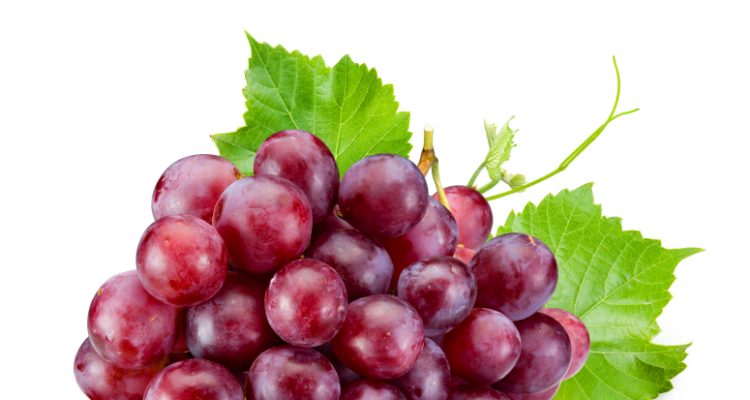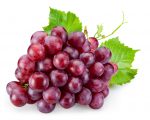
Heart disease, more particularly coronary artery disease, is a disease which is responsible for more premature deaths than any other disease. Coronary artery disease is a type of vascular disease based on its unique location in the coronary arteries. The reason why the coronary arteries are a vital area is due to the fact that the blood supply to the heart flows through these arteries. When the inner walls of these arteries become damaged from high blood pressure, inflammation, cholesterol deposition or free radical insults, plaque, calcium, and blood clots can form inside the artery. These plaques can interfere with the blood flow to the heart muscle especially if the blood clots rupture and cause an occlusion of blood flow to the heart. The result? Heart attack.
Coronary artery disease is caused from atherosclerosis which can also occur in many other arteries inside the body including those in the brain, neck, abdomen, pelvis, legs, kidneys and eyes.
Can you prevent heart disease? There are a number of foods which can decrease your risk of developing heart disease by keeping your coronary arteries clean and clear. Here are the top five foods I recommend:
- Garlic
Garlic is an herbal plant which has been used for centuries for many purposes the most common of which is to improve heart health. Garlic contains sulfur compounds known as allium sativum. This compound has potent antioxidant capabilities and can reduce the free-radical oxidation of low-density lipoprotein (LDL) cholesterol. Garlic can also decrease blood pressure and promote blood thinning which helps to prevent blood clots. I recommend eating one to two cloves of fresh garlic daily.
- Spinach
Spinach and other green leafy vegetables contain high amounts of folate which is very important for heart health. Folic acid is an extremely important nutrient because it helps break down a molecule called homocysteine. Normally, folic acid is required to convert homocysteine into methionine, an amino acid. When levels of folate are lower due to reduced intakes, blood levels of homocysteine can markedly increase. When this occurs, the homocysteine molecules can damage the fragile inner artery walls of the coronary arteries leading to plaque and blood clot formation. To avoid this situation, increase your intake of spinach and green leafy vegetables to one to two servings per day.
- Oily Fish
Fish like salmon, mackerel, and herring contain large amounts of omega-3 fats which can reduce the risk of heart disease through different mechanisms. The omega-3 fats decrease inflammation, reduce blood pressure and blood clot formation. They also improve the function of the inner artery wall by increasing the level of high-density lipoprotein (HDL) and reducing the dangerous adhesion of free radicals. I recommend consuming two to three fish servings per week.
- Oatmeal
Oatmeal contains soluble fiber which lowers insulin and total cholesterol levels. The consumption of oatmeal has also been linked to the improvement of blood pressure, decreased inflammation inside the artery and increased HDL blood levels. I consume oatmeal every morning for breakfast.
- Grapes
Whole, red grapes containing the seeds and skin contain high amounts of a chemical known as proanthocyanidins. There are polyphenols that are contained in higher concentration in certain fruits and vegetables. These chemicals found in the skin pigments and seeds of grapes have been known to lower the risk of heart disease by various means. The intake of proanthocyanidins can decrease free radical activity inside the artery from inflammation. They can also improve the function of the inner artery endothelium and cause relaxation of the artery which lowers blood pressure. I recommend consuming more red grapes, grape juice or red wine in modest quantities on a daily basis.
Source(s):
Khatua, T.N., et al., “Garlic and cardioprotection: insights into the molecular mechanisms,” Can J Physiol Pharmacol. June 2013; 91(6): 448-58.
“Folate,” National Institute of Health web site; http://ods.od.nih.gov/factsheets/Folate-HealthProfessional/, last accessed July 8, 2013.
Mozaffarian, D., et al., “(n-3) fatty acids and cardiovascular health: are effects of EPA and DHA shared or complementary?” J Nutr. March 2012; 142(3): 614S-625S.
Katz, D.L., et al., “Oats, antioxidants and endothelial function in overweight, dyslipidemic adults.” J Am Coll Nutr. October 2004; 23(5): 397-403.
Holt, R.R., et al., “The potential of flavanol and procyanidin intake to influence age-related vascular disease,” J Nutr Gerontol Geriatr 2012; 31(3):290-323.













